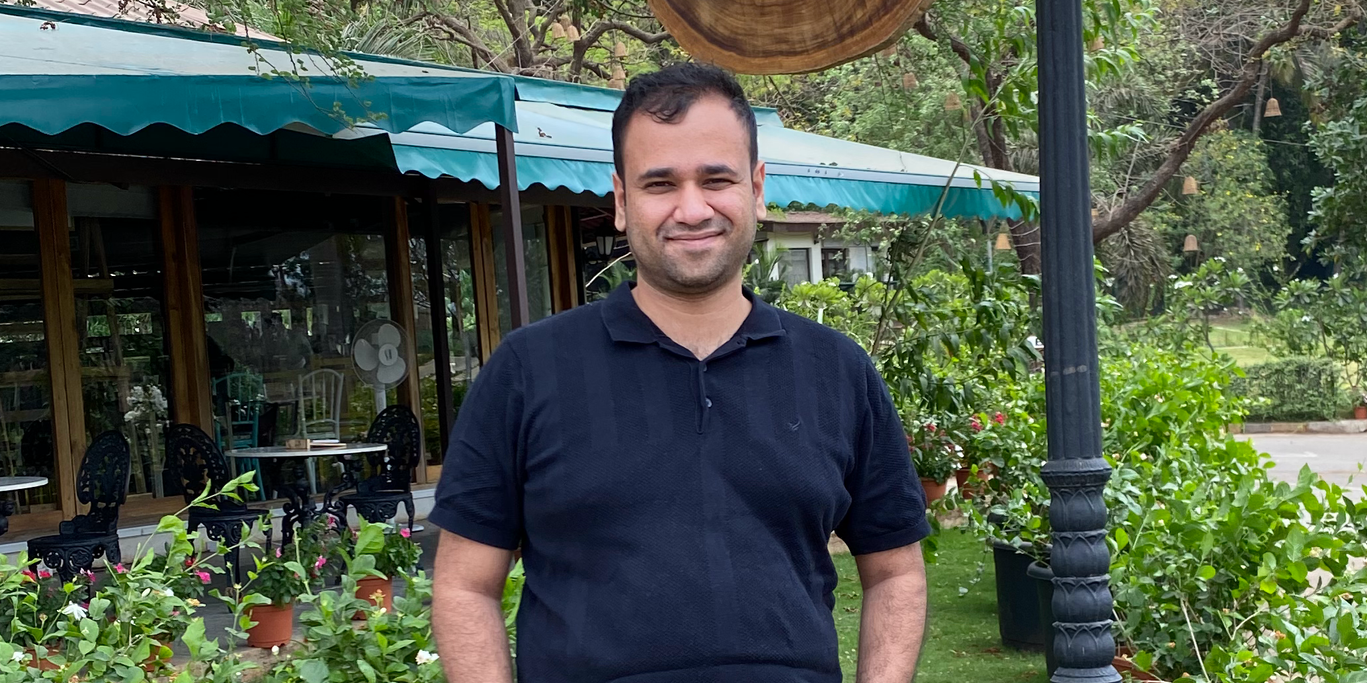Tracking Maternal Mortality Rates in Rural India
Friday March 21, 2008 , 2 min Read
India has one of the highest maternal mortality rates in the world – 300 per 100,000 live births. In fact, over 20% of the world’s reported maternal deaths occur in India, most of which are preventable, given the proper infrastructure and resources. The majority of these maternal deaths occur in poor, rural areas, where access to proper healthcare is unavailable.
Oftentimes, the number of maternal deaths – especially in remote rural areas – remains under-reported, thus resulting in mortality ratios that are often based on estimates rather than verifiable evidence. Conventional surveillance systems, unfortunately, are inaccurate and prohibitively expensive, and as a result, “there have been only three published trials that have attempted to measure population maternal mortality ratio.” In an attempt to effectively monitor the impact and progress of maternal interventions, therefore, researchers from India and the UK have developed a low-cost, “key informant” maternal mortality surveillance system. According to OneWorld South Asia, here’s how the the study was conducted in the states of Jharkhand and Orissa:
Click “Read More” to continue reading this post.
In their surveillance system, the researchers recruited key local informants —mostly traditional birth attendants — to record all births and stillbirths, and deaths of women of reproductive age (15–49 years).
By asking the causes of death from relatives of women who had died, deaths were classed as maternal, pregnancy-related or late maternal. Doctors then verified causes of death by examining the verbal autopsies.
A maternal mortality ratio of 722 per 100,000 live births was found. And the cost of the system was just US$0.02 per person per year, the researchers noted.
According to Prasantha Tripurthy, an author of the study:
“We always need to stress the difference between estimating — as most people do —and measuring, which is what we did,” he said.
In the future, “the method could be used to monitor trends in maternal mortality and test the effect of interventions in large populations with poor vital registration and thus assist policy makers in making evidence-based conclusions.” For the full text of the study, published in the journal BMC Pregnancy and Childbirth, go here.










